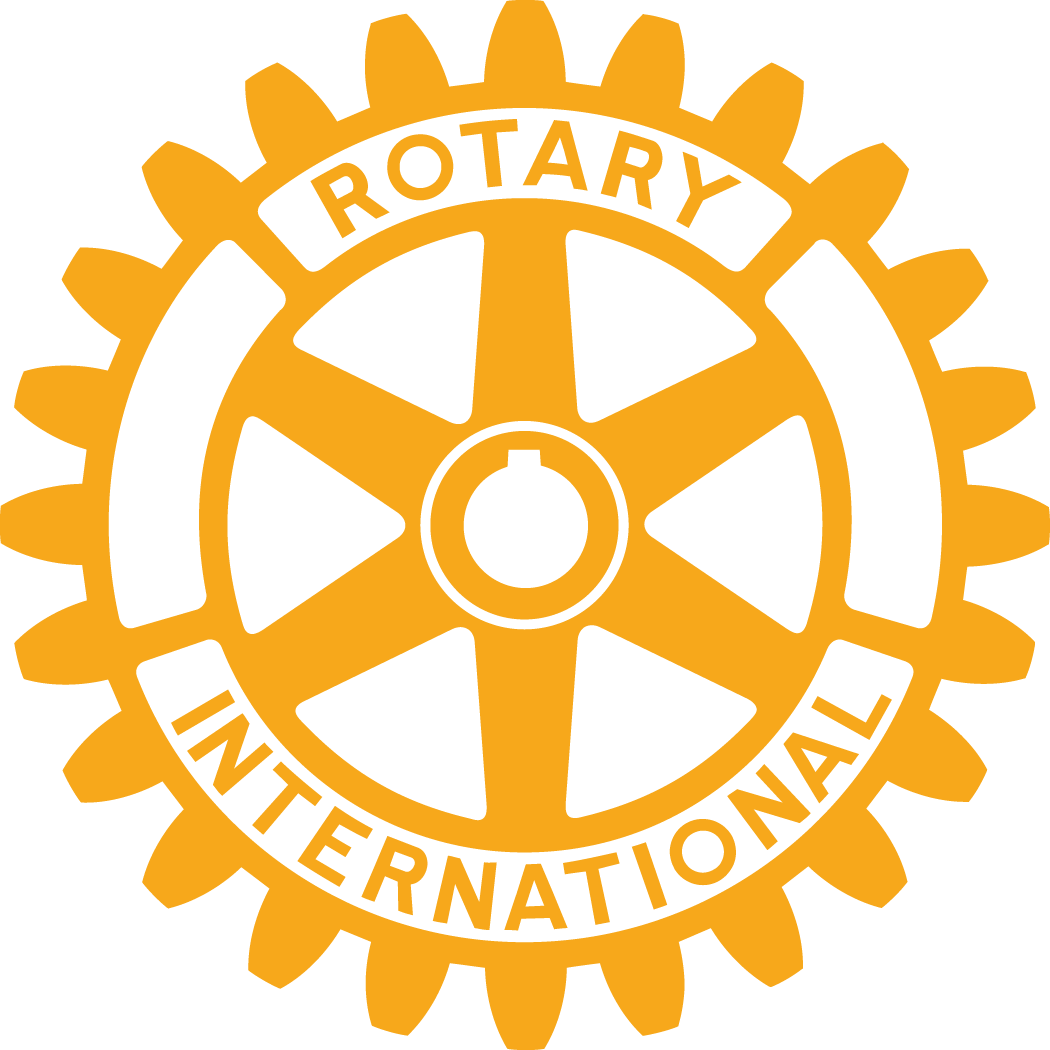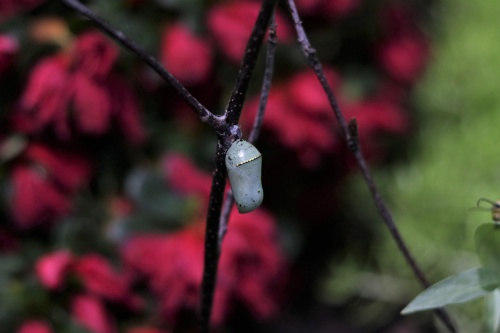What are the Phases of Establishing a Pollinator Garden?
Overview
A mature pollinator garden isn’t just beautiful and beneficial to many forms of life. It also, after around three years, is generally self-sustaining. Herbicides, pesticides and fertilizers are not only unnecessary, but actively retard and degrade the quality of pollinator gardens. They also add needless cost and labor.
There is no one way to establish and nurture a pollinator garden. Every location has distinctive characteristics that the planter needs to be sensitive to and respond to. Changes in approach are inevitable as the garden takes root. And as you’ll see if you look at any of the videos or other materials we’ve included below, there’s many different ways people approach these questions. The main thing is that flexibility and openness to additional techniques are key to success.
Six Phase Process
Broadly speaking, there are six simple phases to the process:
- The site for the space needs to be determined. Sites can be of many sizes and composed of many different soil types, but generally, they need to be sunny.
- The site needs to be cleared of any non-native plants currently occupying it.
- The site’s soil needs to be determined, and amended, to support a pollinator garden. Whether you have sandy, clay, or loamy soil, any pollinator garden will get off to a better start by amending the soil with compost and mulch. (See How Do I Improve Heavy Clay Soil? & Fix Sandy Soil for more information)
- The planters need to decide whether they want to plant seedlings or seeds to establish the garden, and then acquire and plant the seedlings or seeds. We’ve listed a variety of sources of both seedlings and seeds below.
- Once the seeds/seedlings are planted, the site needs to be regularly watered till November, and weeded every few weeks. The first year will likely require the most weeding.
- For the next two years, watering and decreasing amounts of weeding will be needed. By the end of the third year, there should be little need for either watering or weeding.
Additional Resources
For additional reading see:
- How to Build a Pollinator Garden
- Planting Pollinator-Friendly Gardens
- How to Plant a Pollinator Garden
Quick Links to Navigate Operation Pollination:
What are some examples of a “Pollinator?”
What is “Pollination” and why is it so Important?
What is a Pollinator Garden or Landscape?
What is the Difference Between a Butterfly and a Pollinator Garden?

|
|
Support our Sponsors
Loading
Loading...

